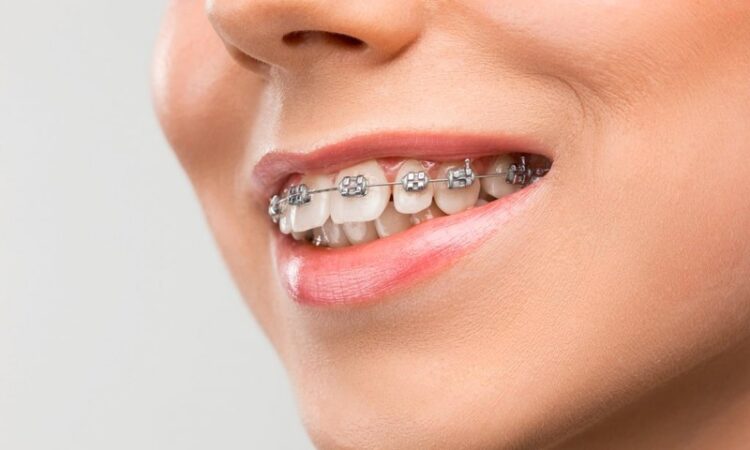
Orthodontics is a specialized branch of dentistry focused on correcting misaligned teeth and jaws to improve oral health and aesthetics. One of the most common treatments in orthodontics is braces. Braces are orthodontic appliances designed to gradually move teeth into proper alignment. Let’s delve into the basics of braces to gain a better understanding of this essential orthodontic treatment.
What is Orthodontics?
Orthodontics is the branch of dentistry concerned with correcting misaligned teeth and jaws used by orthodontist st louis. Orthodontic treatment aims to improve both the function and appearance of the smile by aligning teeth and jaws properly.
Types of Braces
There are several types of braces available today, each offering unique advantages and considerations
Traditional Metal Braces: Made of high-grade stainless steel, these braces consist of brackets bonded to the front of the teeth connected by wires.
Ceramic Braces: Similar in design to metal braces, ceramic braces are less noticeable as they blend with the natural tooth color.
Lingual Braces: Placed on the back surface of the teeth, lingual braces are virtually invisible from the front.
Clear Aligners (e.g., Invisalign): Clear aligners are removable plastic trays that gradually shift teeth into alignment without the need for brackets and wires.
How Braces Work
Braces work by applying continuous pressure to the teeth, gradually moving them into the desired position. This pressure prompts the bone to reshape around the teeth, allowing them to move effectively.
Braces consist of brackets, which are bonded to the teeth, and archwires, which are threaded through the brackets. Elastic bands may also be used to exert additional force and facilitate tooth movement. Over time, adjustments are made to the braces to maintain progress and achieve optimal results.
Benefits of Orthodontic Treatment
Orthodontic treatment offers numerous benefits, including:
Improved Dental Health: Properly aligned teeth are easier to clean, reducing the risk of tooth decay and gum disease.
Enhanced Smile Aesthetics: Straight teeth contribute to a more attractive smile, boosting confidence and self-esteem.
Functionality and Bite Correction: Correcting misaligned teeth and jaws improves bite function, reducing the risk of jaw pain and temporomandibular joint (TMJ) disorders.
Conclusion:
In conclusion, braces are a fundamental component of orthodontic treatment, offering effective solutions for correcting misaligned teeth and achieving a healthy, beautiful smile.




